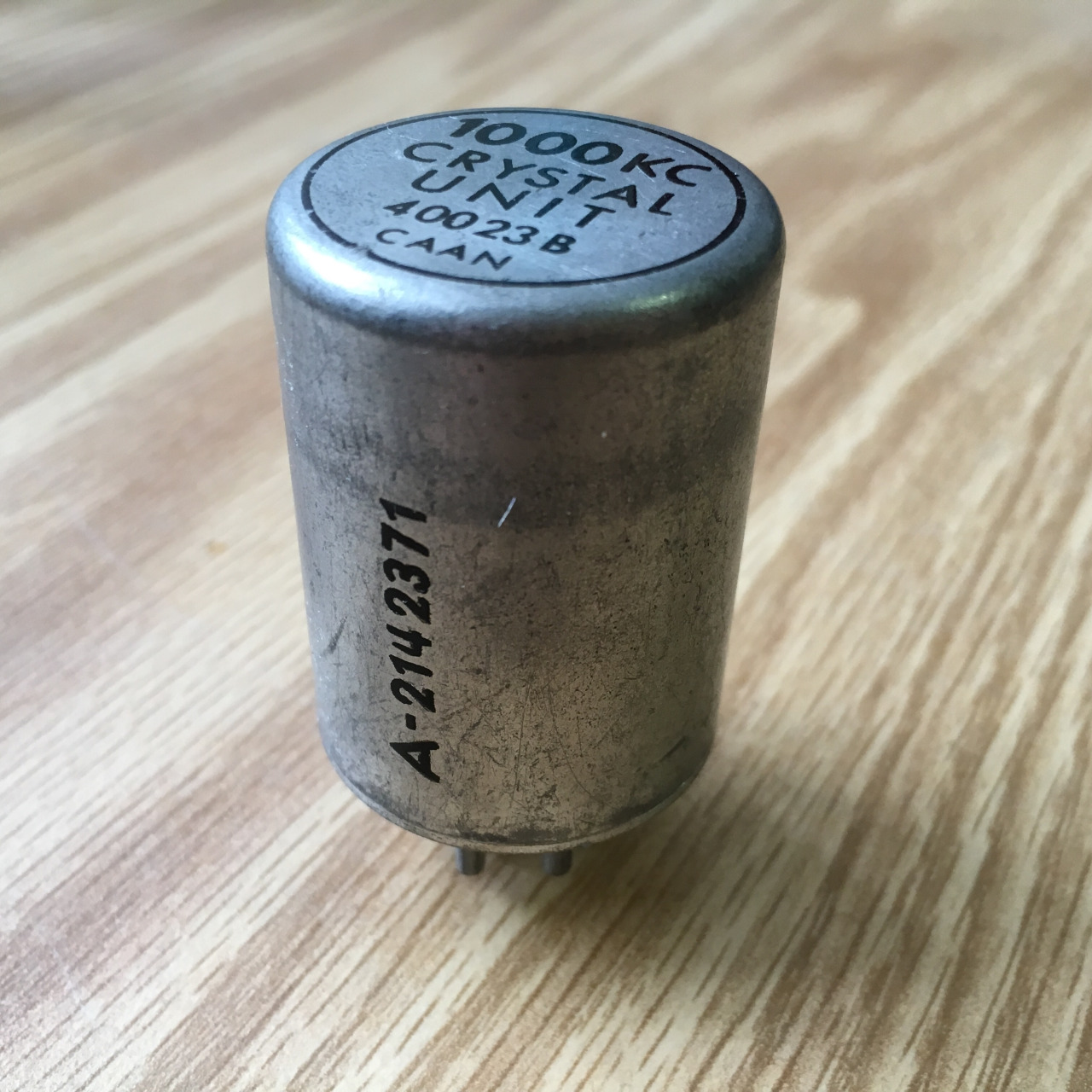Cycles per second on:
[Wikipedia]
[Google]
[Amazon]
 The cycle per second is a once-common English name for the unit of
The cycle per second is a once-common English name for the unit of
 * Cycles per instruction (CPI)
*
* Cycles per instruction (CPI)
*
 The cycle per second is a once-common English name for the unit of
The cycle per second is a once-common English name for the unit of frequency
Frequency is the number of occurrences of a repeating event per unit of time. It is also occasionally referred to as ''temporal frequency'' for clarity, and is distinct from ''angular frequency''. Frequency is measured in hertz (Hz) which is eq ...
now known as the hertz
The hertz (symbol: Hz) is the unit of frequency in the International System of Units (SI), equivalent to one event (or cycle) per second. The hertz is an SI derived unit whose expression in terms of SI base units is s−1, meaning that o ...
(Hz). The plural form was typically used, often written cycles per second, cycles/second, c.p.s., c/s, or, ambiguously, just cycles (Cy./Cyc.). The term comes from the fact that sound waves have a frequency measurable in their number of oscillations, or '' cycles'', per second.
With the organization of the International System of Units in 1960, the cycle per second was officially replaced by the hertz
The hertz (symbol: Hz) is the unit of frequency in the International System of Units (SI), equivalent to one event (or cycle) per second. The hertz is an SI derived unit whose expression in terms of SI base units is s−1, meaning that o ...
, or reciprocal second
The inverse second or reciprocal second (s−1) is a unit of frequency, defined as the multiplicative inverse of the second (a unit of time). It is dimensionally equivalent to:
* the unit hertz – the SI unit for frequency
* the unit radian per s ...
, "s−1" or "1/s". Symbolically, "cycle per second" units are "cycle/second", while hertz is "Hz" or "s−1". For higher frequencies, ''kilocycles'' (kc), as an abbreviation of ''kilocycles per second'' were often used on components or devices. Other higher units like ''megacycle'' (Mc) and less commonly ''kilomegacycle'' (kMc) were used before 1960
and in some later documents. These have modern equivalents such as kilohertz (kHz), megahertz (MHz), and gigahertz (GHz). Following the introduction of the SI standard, use of these terms began to fall off in favor of the new unit, with hertz becoming the dominant convention in both academic and colloquial speech by the 1970s.
The rate at which aperiodic or stochastic events occur may be expressed in becquerel
The becquerel (; symbol: Bq) is the unit of radioactivity in the International System of Units (SI). One becquerel is defined as the activity of a quantity of radioactive material in which one nucleus decays per second. For applications relatin ...
s (as in the case of radioactive decay), not hertz, since although the two are mathematically similar, by convention hertz implies regularity where becquerels implies the requirement of a time averaging operation. Thus, one becquerel is one event per second ''on average'', whereas one hertz is one event per second on a regular cycle.
Cycle can also be a unit for measuring usage of reciprocating machines, especially presses, in which cases ''cycle'' refers to one complete revolution of the mechanism being measured (i.e. the shaft of a reciprocating engine
A reciprocating engine, also often known as a piston engine, is typically a heat engine that uses one or more reciprocating pistons to convert high temperature and high pressure into a rotating motion. This article describes the common fea ...
).
Derived units include cycles per day (cpd) and cycles per year (cpy).
See also
 * Cycles per instruction (CPI)
*
* Cycles per instruction (CPI)
* Heinrich Hertz
Heinrich Rudolf Hertz ( ; ; 22 February 1857 – 1 January 1894) was a German physicist who first conclusively proved the existence of the electromagnetic waves predicted by James Clerk Maxwell's equations of electromagnetism. The unit ...
* Instructions per cycle
In computer architecture, instructions per cycle (IPC), commonly called instructions per clock is one aspect of a processor's performance: the average number of instructions executed for each clock cycle. It is the multiplicative inverse of c ...
(IPC)
* Instructions per second
Instructions per second (IPS) is a measure of a computer's processor speed. For complex instruction set computers (CISCs), different instructions take different amounts of time, so the value measured depends on the instruction mix; even for co ...
(IPS)
* MKS system of units
The MKS system of units is a physical system of measurement that uses the metre, kilogram, and second (MKS) as base units. It forms the base of the International System of Units (SI), though SI has since been redefined by different fundamental ...
a predecessor of the SI set of units
* Normalized frequency
* Radian per second
* Revolutions per minute
Revolutions per minute (abbreviated rpm, RPM, rev/min, r/min, or with the notation min−1) is a unit of rotational speed or rotational frequency for rotating machines.
Standards
ISO 80000-3:2019 defines a unit of rotation as the dimension ...
(RPM)
* Turn (angle)
A turn is a unit of plane angle measurement equal to radians, 360 degrees or 400 gradians.
Subdivisions of a turn include half-turns, quarter-turns, centiturns, milliturns, etc.
The closely related terms ''cycle'' and ''revol ...
References
{{reflist Units of frequency